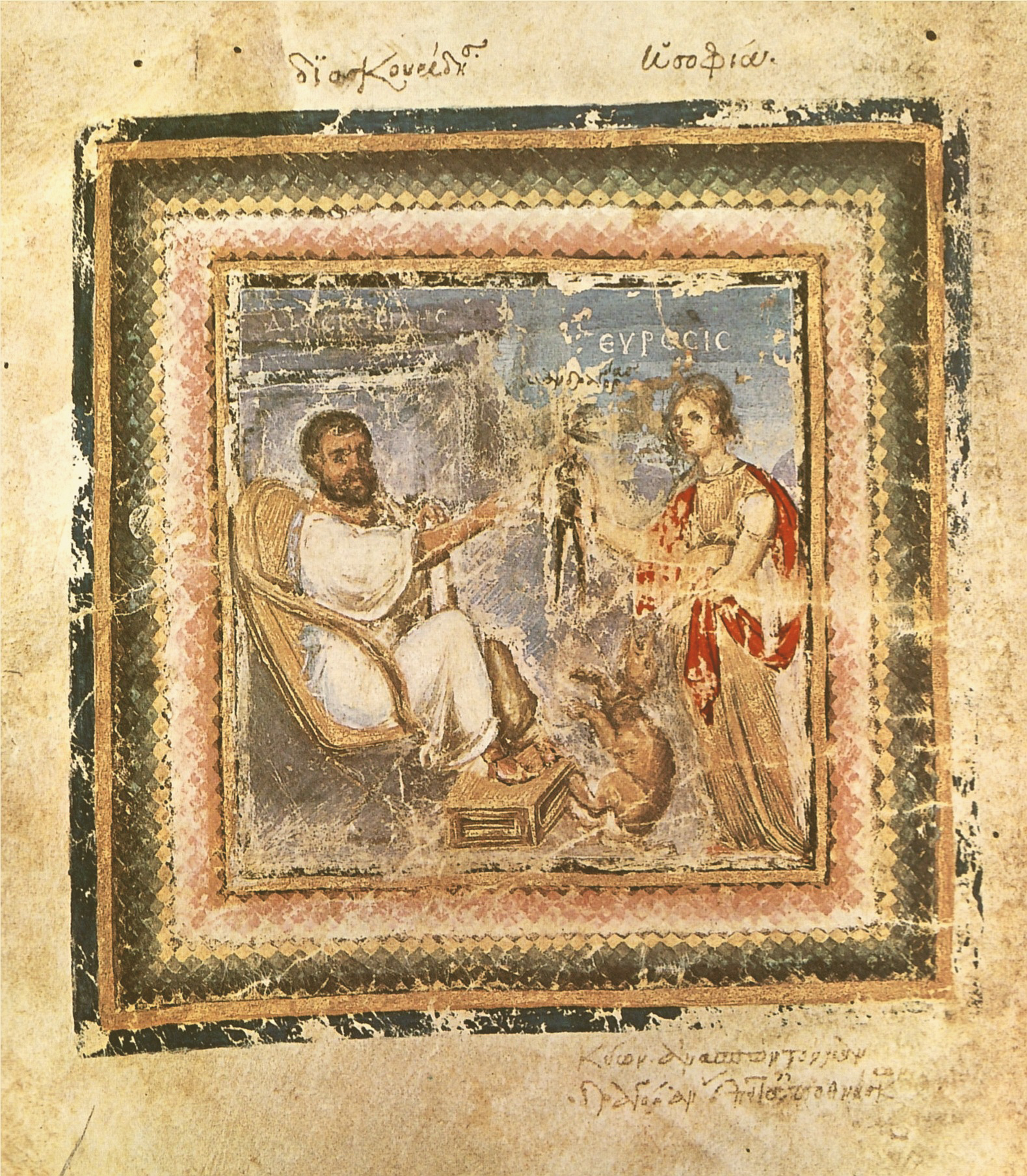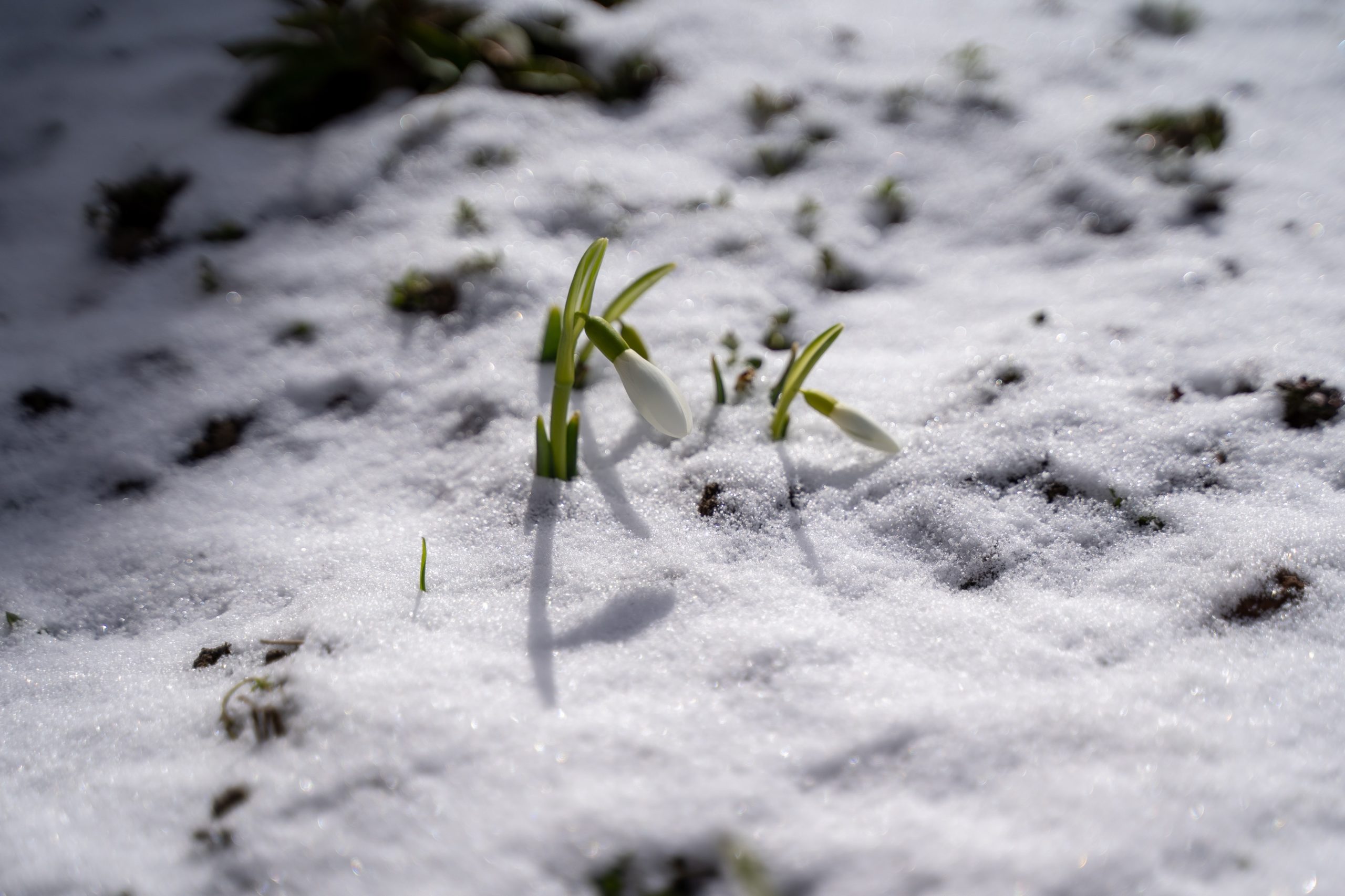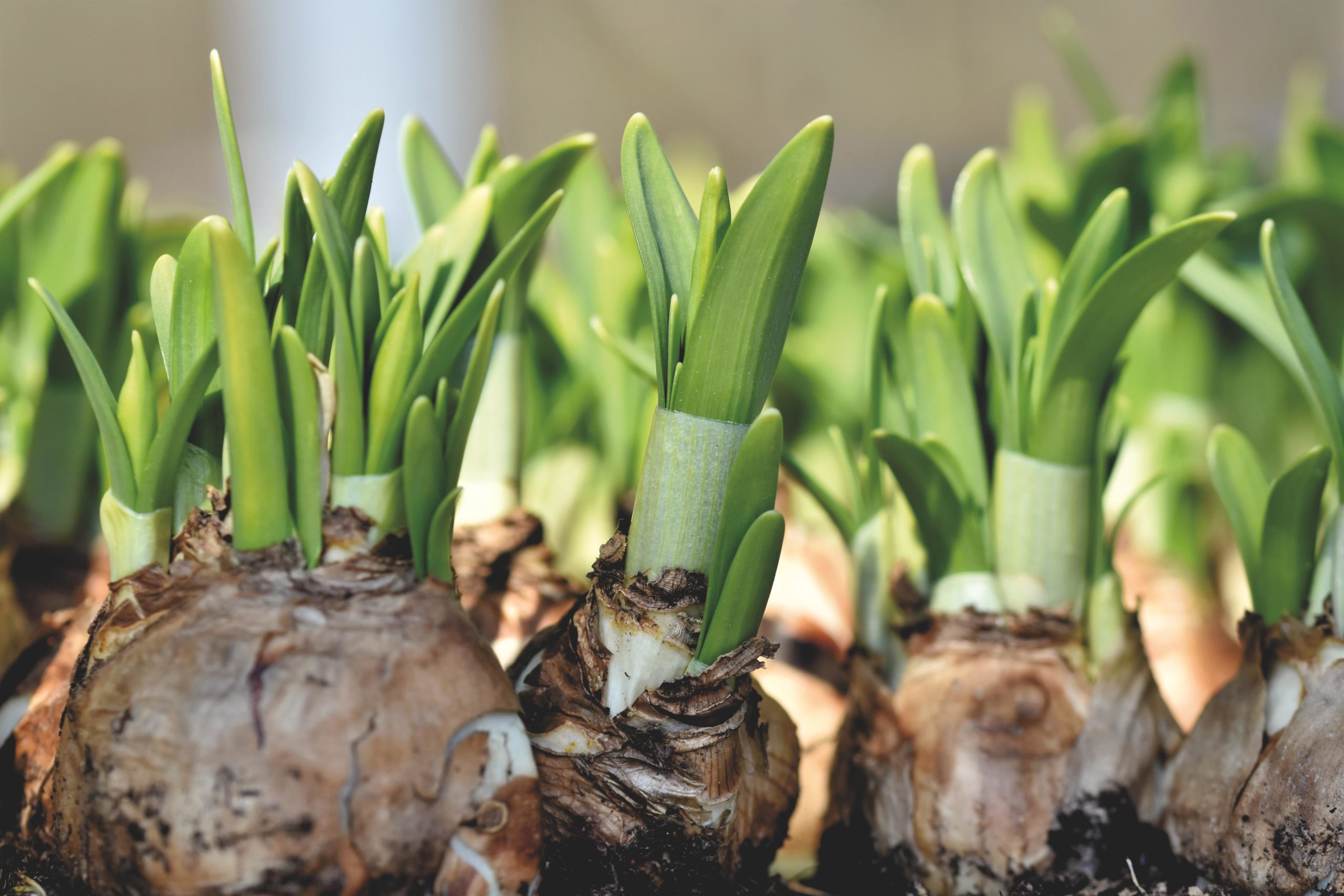
Doctors have made use of me since the time of the Ancient Greeks.
Around 50 AD, the physician Pedanius Dioscorides described my medicinal uses in his ‘Materia Medica’, a five-volume encyclopaedia that included over 600 plants.
He said I was good for the treatment of burns, dislocations and abscesses.

Other members of my family are just as capable.
For instance, the giant snowdrop (Galanthus woronowii) contains a compound used to improve memory in people with Alzheimer’s disease. These patients’ brains lack ‘acetylcholine’, a chemical that works to transport nerve impulses.
The degradation of this chemical can be slowed down by galantamine, which is extracted from Galanthus bulbs.
It can’t prevent Alzheimer’s disease, or slow its progress, but in some patients it can help to reduce the symptoms, like memory loss and confusion. Nice, right?
Today there are bulb growers that cultivate the giant snowdrop on a large scale for pharmaceutical companies.

Still, you’re better off not eating anyone in my family.
We also contain a poison, lycorine, which can bring on vomiting, stomach-ache and diarrhoea. It happens quite a lot, actually, when people think my bulb is an onion…